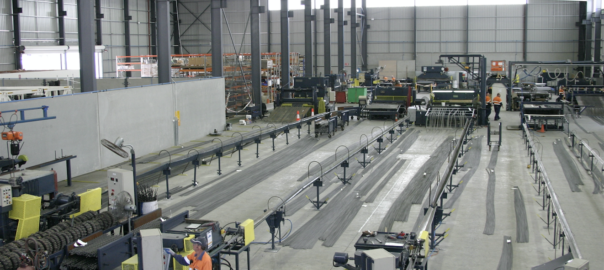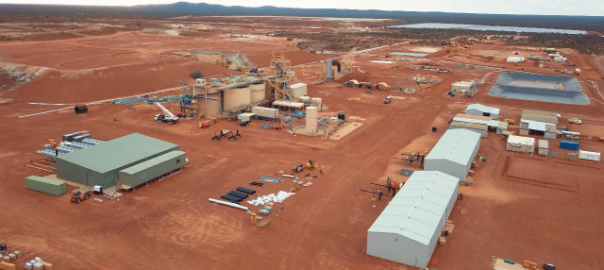Mineral Resources (MinRes) has secured a deal to acquire iron ore company Atlas Iron through a scheme of arrangement that values the target at around $280 million.
The amalgamation of MinRes’ Pilbara iron ore assets with those owned by Atlas would deliver greater synergies and economies of scale, a MinRes announcement explained.
MinRes stated that a combined entity would drive down operating costs to ensure the consolidated iron ore business would be sustainable in the new environment of lower global prices for low-grade iron ore.
Under the proposal, Atlas shareholders will receive one new MinRes share for every 571 shares they hold. Based on the closing prices of both companies on April 4, this is a 59 per cent premium on Atlas’ value.
Atlas’ board has unanimously recommended that its shareholders vote in favour of the agreement and intends to back the deal in the absence of a superior proposal.
MinRes managing director Chris Ellison said the acquisition of Atlas, which would include a portfolio of iron ore assets and export capacity allocation at Utah Point, was on strategy for the company.
“The culture that has been developed within Atlas is an exceptionally good fit with that which has been fostered in MinRes,” Ellison said.
“The majority of the Atlas senior leadership team have been running the business for many years and their skillset, experience and intimate knowledge of the Atlas business will be an extremely valuable asset within the consolidated Atlas-MinRes business.”
Atlas’ key assets include the Abydos and Mt Webber mines in the Pilbara region. The company also owns the Corunna Downs project, which it approved for development last year until a fall in iron ore prices.
Cliff Lawrenson, Atlas managing director, said the combination with MinRes would not only protect, but also enhance the company’s business.
“The combined organisation will have the scale and financial security to support current operations, as well as providing access to capital to contemplate further development opportunities,” Lawrenson said.
“The scrip nature of the scheme also delivers a number of key benefits to Atlas shareholders, including; retained exposure to Atlas, the opportunity to benefit from potential synergies driven by the combination and greater diversification of revenue and commodity exposure.”
MinRes expects the acquisition will be completed by August this year.
In addition to the deal, MinRes and Atlas have created an alliance after they identified a range of opportunities they could progress together.
The companies will pursue several existing and potential future commodity opportunities. They will create a new vehicle, to be controlled by Atlas, that will be responsible for managing lithium and manganese operations.
MinRes will provide the initial working capital for these operations, before Atlas funds the initiative moving forward.





